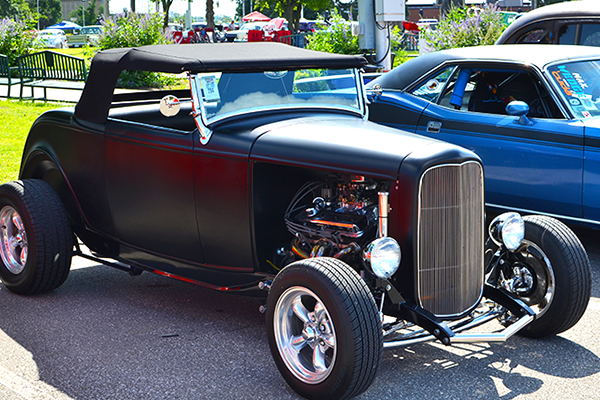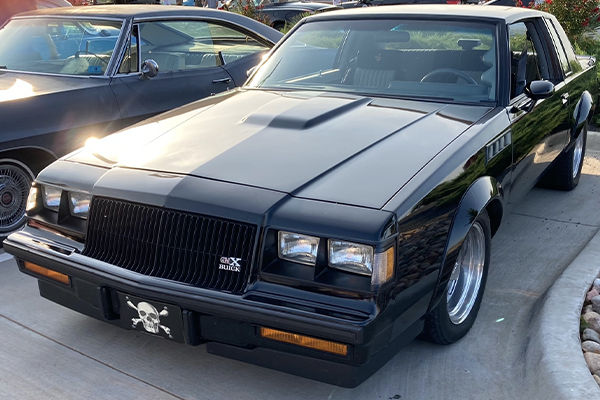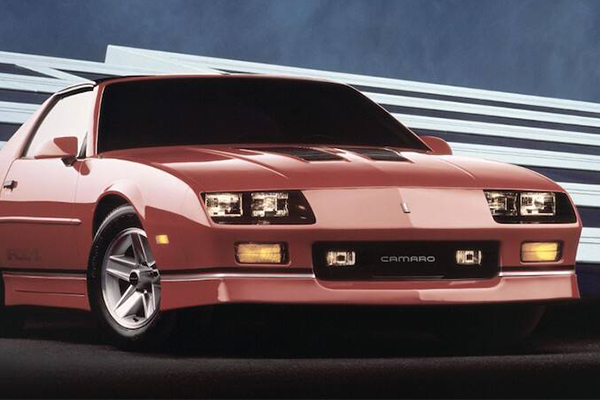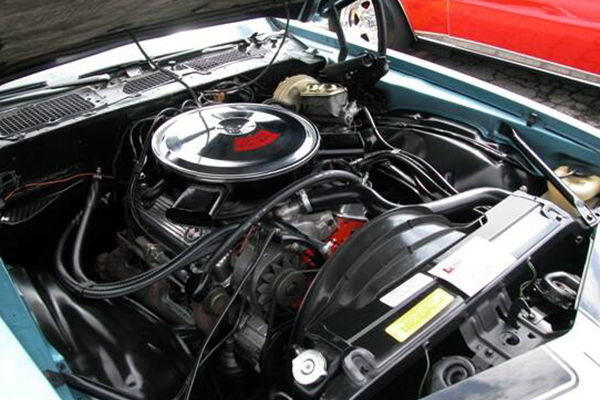To fully appreciate the Continental Mark II, you have to look at what the automotive scene in mid-1950s America was like. The economy was booming, and with flashy styling complete with jet-aircraft-inspired shapes and plenty of chrome, the luxury cars of the era were nothing if not flamboyant symbols of the mighty USA. GM's Cadillac was far and away the No. 1 luxury brand, with Chrysler's Imperial and Ford's Lincoln brands trailing behind. It was high time for Ford to step up its game.
So for 1956, Ford brought out its new "Continental" division, which was slotted above the Lincoln brand and intended to beat not just Lincoln's age-old rivals, but to battle the best from Europe, as well. Yes, that means Rolls-Royce and Mercedes-Benz. Although there was previously a Lincoln Continental model, Ford decided to repurpose the evocative Continental moniker for this new super-premium brand.
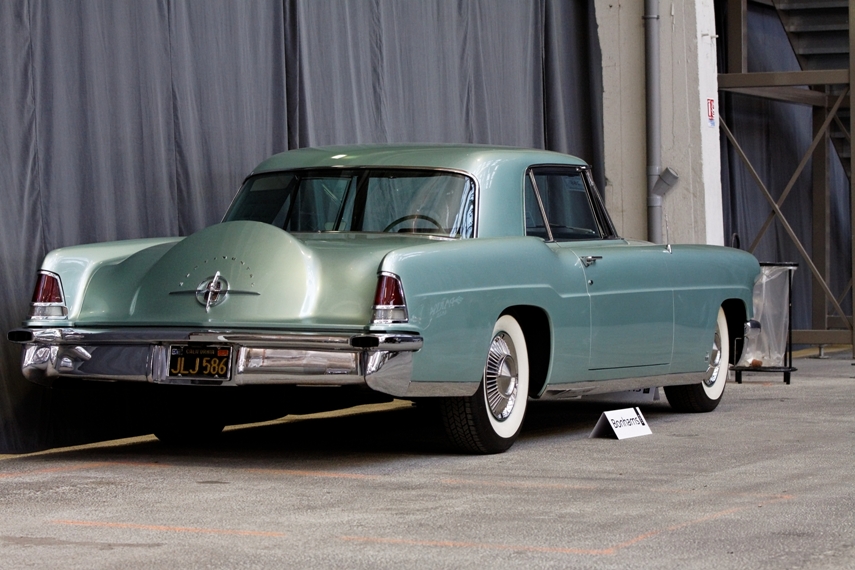 1956 Mark II r34. Source | Wikimedia Commons
1956 Mark II r34. Source | Wikimedia Commons
Running counter to the status quo
The first model out of the new Continental factory was the 1956 Mark II, which had Cadillac's prestigious Eldorado series squarely in the crosshairs of its iconic hood ornament. Although the Eldo, introduced three years earlier, was available in both coupe and convertible body styles, the Mark II was offered as a coupe only. Compared to the rocket tail-finned and chrome-bedecked Eldorado, the Mark II was an exercise in tasteful restraint, with simply elegant, flowing lines and, compared to the Caddy, a minimal use of chrome. Indeed, with its low sleek body, smoothly integrated bumpers and turn signals, the Mark II looked more like a car from the late-1960s than one from the mid-1950s. Measuring 218.4 inches long over a 126-inch wheelbase and tipping the scales at around 5,000 pounds, this was a seriously big car. Yet the Mark II's timeless styling managed to mask the car's massive bulk.
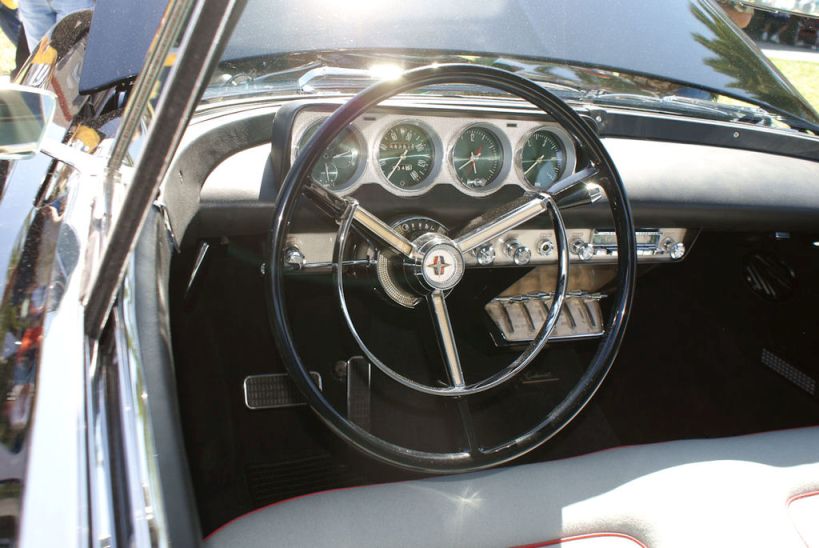 1956 Mark II interior cabin. Source | Wikimedia Commons
1956 Mark II interior cabin. Source | Wikimedia Commons
Classy cabin
Inside it was the same story, with biscuit-style upholstery (available in a choice of fabrics or Scottish leather) and a clean dash and door panel design. Two-tone interior color schemes were available, and as with the overall styling, were subdued rather than ostentatious. One concession to the aviation-influenced themes dominating the era was the set of controls for the heater and optional air conditioner. These looked like miniature jet-engine throttle controls. Pretty much everything anyone could want in a luxury car, apart from A/C, was standard on the Mark II, including power windows, power seat, even power vent windows.
Horsepower and heft
Although it wasn't a jet turbine, the Mark II's 368-cubic-inch V8 cranked out 285 horsepower (300 for 1957). Running through a three-speed automatic and charged with propelling 2.5 tons of top-of-the-line American luxury, the Continental's V8 quietly moved the Mark II with grace, if not a lot of gusto. Although the engine was the same one used in Lincoln's of the day, those used in the Mark II were blueprinted—that is, assembled with the parts that had the most precise tolerances. The engines were also subjected to six hours of testing before installation in the car.
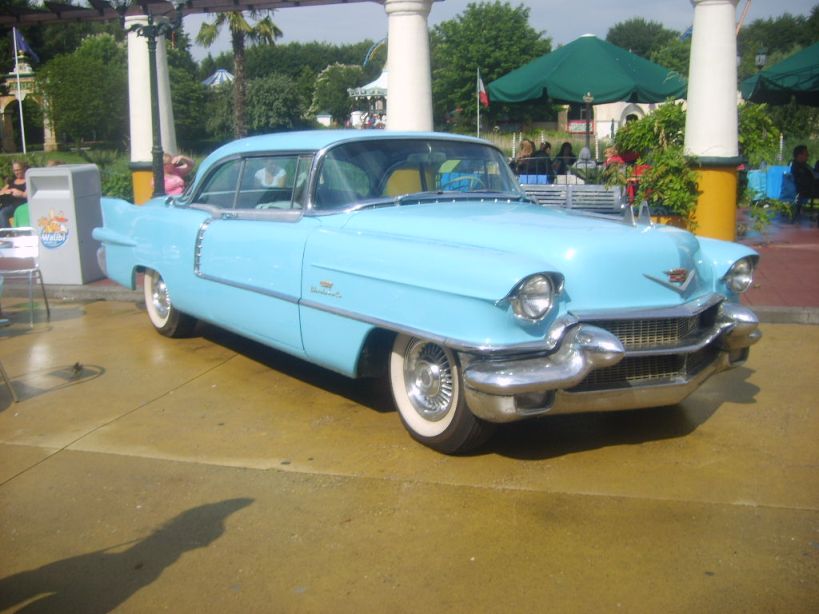 1956 Cadillac Eldorado. Source | Creative Commons
1956 Cadillac Eldorado. Source | Creative Commons
Profits lost but prestige gained
Make no mistake: the Continental Mark II had it all — neatly tailored styling, a plush interior, all the latest luxury gizmos, and a very smooth powertrain. It also had a price tag of around $10,000 (around $90,000 today), which was some 50 percent higher than a comparable Eldorado coupe. And Ford reportedly still lost money on each one it built due to the cost of the high-quality materials and the extensive amount of man hours involved, the latter being double that required of a Lincoln.
That first year, 2,556 units left the factory. For 1957, changes were limited to increased engine output (as stated earlier) and the relocation of the air-conditioning air intakes from the top of the rear fenders to hidden behind the grille. Production for 1957 totaled just 444 units. As it didn't make much business sense to build a product that cost the company money, Ford dropped the Continental Mark II after just those two years in production. Although the Mark II didn't contribute to Ford's bottom line, it did give the company something arguably more valuable: the prestige of having produced a modern classic.
What do you think of the Continental Mark II? Share your thoughts in the comments.


